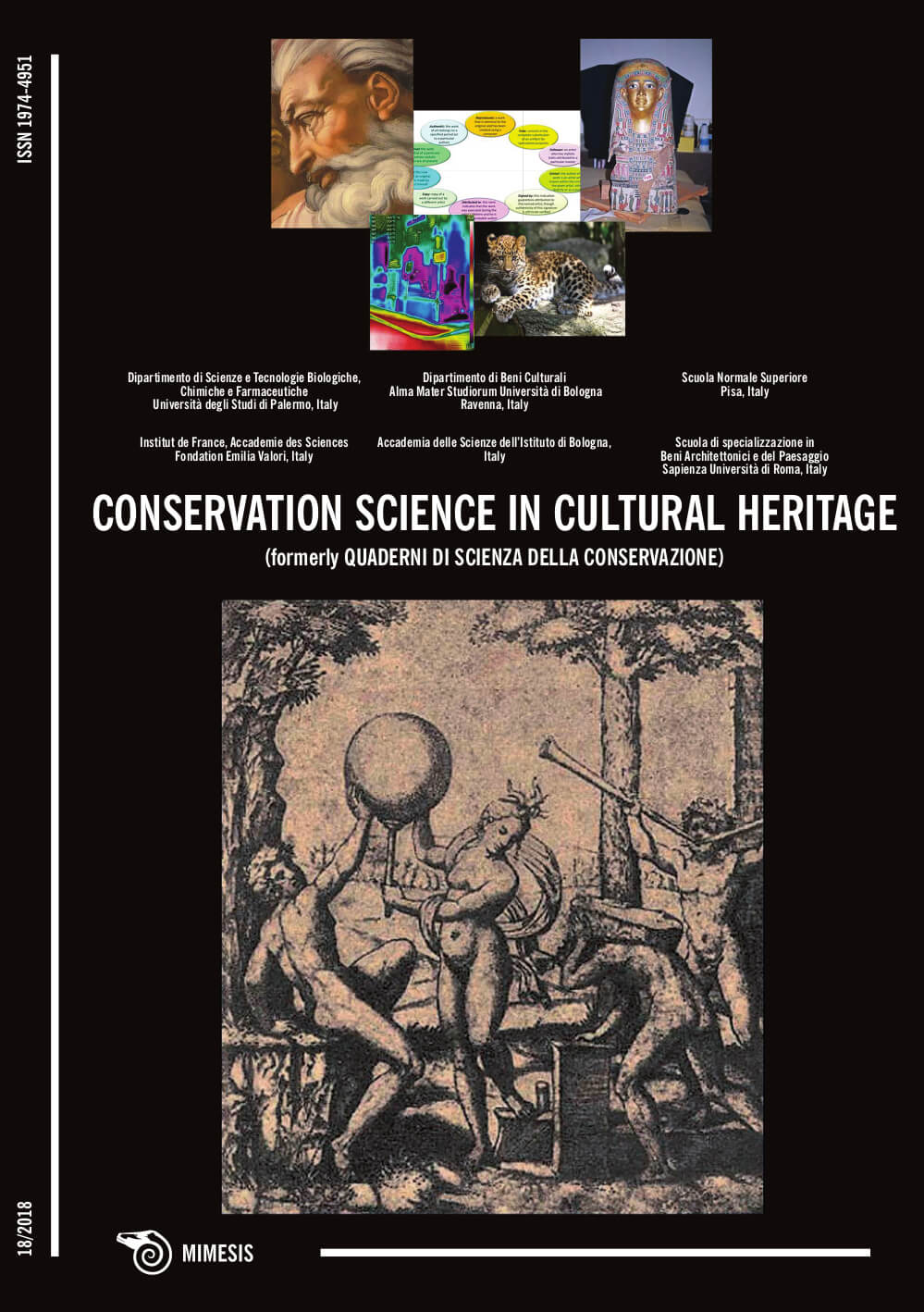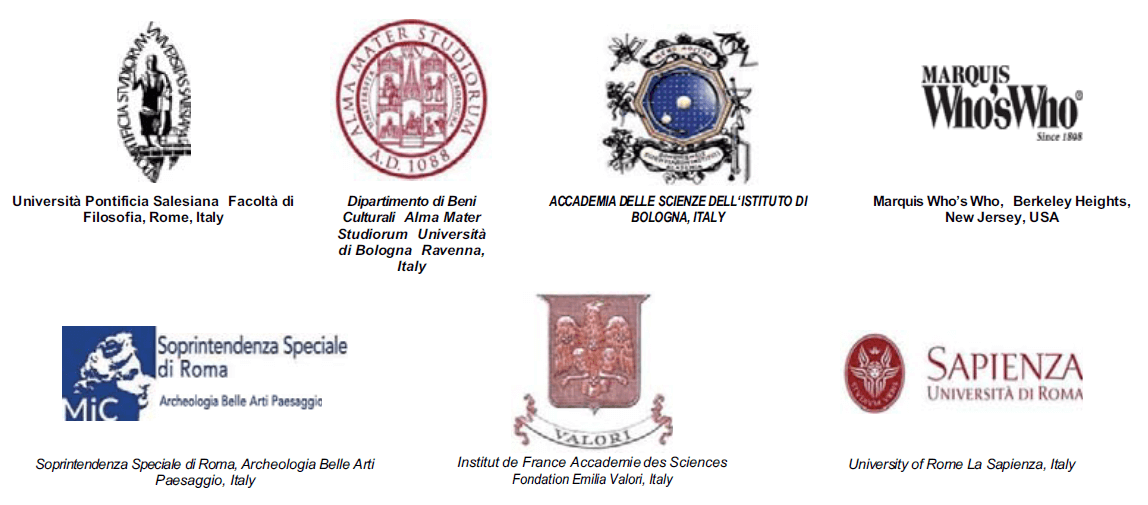The Integrated Bicultural Referent of the Built Colonial Heritage: Social Housing Models in Oran (1954–1958), Algeria
DOI:
https://doi.org/10.6092/issn.1973-9494/9227Keywords:
built colonial heritage, cultural identity, social housing, cultural transfersAbstract
The built heritage of the 1950s French colonial era represents the complexity of the hybrid cultural identity bequeathed by history but attracts minimal interest and consideration as an accepted local heritage. This research focuses on the opportunities and misconceptions about cultural reinterpretations and on the role a given society plays in the definition of cultural and patrimonial identity. For this purpose, the paper explores four social housing models and their derivatives (Nid d’abeilles, Sémiramis, Trèfle and Brunie) built during the French colonial period between 1954 and 1958 in Oran, Algeria. The historical analysis, supported by a qualitative study of the spatio-temporal evolution of these public housing projects, is based on the dynamics of cultural transfers. It aims to understand the interweaving and evolution of formal, organizational and functional reinterpretations of architectural components generated by western architects and remodeled by the local population. The result identifies hybrid cultural housing and highlights the pivotal role of social stakeholders in the acceptance and accommodation of mixed models. It encourages the identification of sustained and integrated bicultural referents which reflect the contemporary cultural identity.
Downloads
Published
How to Cite
Issue
Section
License
Copyright (c) 2018 Loubna Kara Mostefa, Kheira Tabet Aoul
Copyrights and publishing rights of all the texts on this journal belong to the respective authors without restrictions. Authors grant the journal right of first publication.
This journal is licensed under a Creative Commons Attribution 4.0 International License (full legal code).
See also our Open Access Policy.






